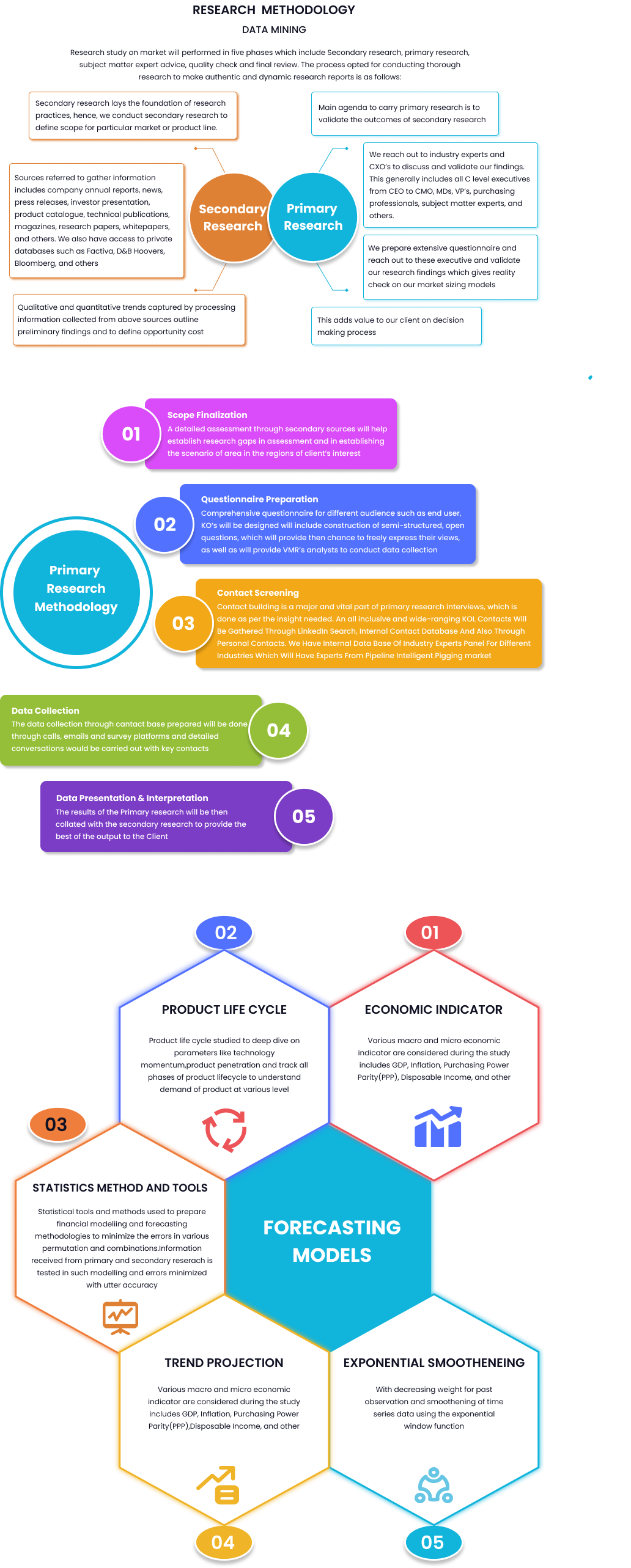
Global Location-Based Services (LBS) And Real-Time Location Systems (RTLS) Market By Type (Indoor, Outdoor), By Application (Financial Services And Insurance, Defense, The Government, Medical, Industr...
Report Id: 44267 | Published Date: Jul 2024 | No. of Pages: 200 | Base Year for Estimate: Jul 2024 | Format:
The Global Location-Based Services (LBS) and Real-Time Location Systems (RTLS) market is witnessing significant growth due to the rising demand for real-time data and its expansive applications. Location-Based Services and Real-Time Location Systems are technologies that, through satellite-based positioning systems and other technologies, can identify the locations of individuals, or entities in both outdoor and indoor settings. This market shows a promising future with the widespread use of smartphones and wearables. An example of such a service is GPS, which has become highly beneficial in the past few years, providing users with precise real-time tracking and navigation.
The Global Location-Based Services (LBS) and Real-Time Location Systems (RTLS) market was valued at USD 5.1 billion in 2022 and is expected to witness a compound annual growth rate (CAGR) of 25.6%, reaching USD 16.1 billion by 2027. The COVID-19 impact on Global Location-Based Services (LBS) and Real-Time Location Systems (RTLS) affected the tourism and hospitality sectors bitterly, which experienced a slump, while the healthcare sector harnessed RLTS for equipment and patient monitoring in over-flowing facilities.
Premium Insights:
Integration of AI and IoT in LBS and RLTS systems enhances accuracy and functionality, driving market expansion.
Enhanced customer experience through personalized services and efficient inventory management.
Improved route planning, asset tracking, and fleet management.
Global Location-Based Services (LBS) and Real-Time Location Systems (RTLS) market dynamics:
Drivers: Rising demand for real-time data, proliferation of smartphones and wearable devices, advancements in wireless technology
-The need for real-time data in decision-making processes across various industries is a major driver. Businesses require accurate and timely information to optimize operations, improve customer service, and enhance safety.
-The widespread use of smartphones and wearable devices equipped with GPS technology has significantly boosted the adoption of LBS.
-Improved wireless communication technologies, such as 5G, enable faster and more reliable data transmission, supporting the growth of LBS and RTLS solutions.
Restraints: Privacy concerns, high implementation costs and technical challenges
-The collection and use of location data raise significant privacy issues. Users are increasingly concerned about how their data is being used and stored, which can hinder market growth.
-Integrating LBS and RTLS with existing systems can be technically challenging, requiring significant investment in infrastructure and training.
Opportunities: Emerging markets, smart cities initiatives and industry-specific solutions
-The LBS and RTLS market has significant growth potential in emerging markets, where technological adoption is increasing.
-Governments worldwide are investing in smart city projects, which rely heavily on LBS and RTLS for efficient urban planning and management.
-Developing tailored solutions for specific industries, such as manufacturing, agriculture, and hospitality, can open new avenues for market growth.
Market by Location-Based Services (LBS) and Real-Time Location Systems (RTLS) Type Insights:
Based on product type, the market is categorized into hardware and software. Hardware encompasses physical components like tags, beacons, sensors and receivers used to collect and transmit location data. The software includes platforms for data visualization, analytics, and management. The software segment is currently dominating the market due to the complexity of RTLS developments and the need for data integration.
Based on technology type, the market is segmented into Wi-Fi/WLAN, Bluetooth Low Energy (BLE), Ultra-Wideband (UWB) and Radio Frequency Identification (RFID). With the increasing demand for precise indoor location data, technologies like UWB and BLE are expected to witness the fastest growth within the market as of 2024.
Market By End-Use Insights:
Based on end use, the market is segmented into retail, manufacturing and healthcare. The growing need for remote patient monitoring and asset tracking in hospitals is fueling the healthcare sector’s rapid expansion.
Market By Region Insights:
Based on regional coverage, the Global Location-Based Services (LBS) and Real-Time Location Systems (RTLS) market is segmented into North America, Europe, Asia-Pacific, Latin America, Middle East and Africa. North America holds the largest market share, driven by the presence of key industry players and the rapid adoption of advanced technologies. The region's focus on smart city initiatives further boosts market growth.
Competitive Scenario:
Major players in in this industry include IBM, Google, Cisco Systems, Ericsson, Qualcomm, ESRI, Microsoft and Oracle
Scope of Global Location-Based Services (LBS) and Real-Time Location Systems (RTLS) Market
Key Market Developments:
September 2016: Megabarre Group, Ltd. expanded its reach to Eastern Europe and strengthened its product portfolio by supplying its system and Impact Busbar Trunking Systems to a shopping Centre Project in Ukraine.
May 2023: Several RTLS vendors, including Zebra Technologies and Impinj, announced cloud-based solutions for managing location data. This shift towards cloud platforms simplified deployments, improved scalability, and reduced hardware costs, making RTLS more accessible to a wider range of businesses.
April 2024: Companies like Kontakt.io and Versus Systems reported significant growth in their healthcare-focused RTLS deployments due to the impact of the COVID-19 pandemic,c which highlighted the value of location-based solutions in healthcare.
Frequently Asked Questions (FAQs)
What are the main drivers of the global Location-Based services (LBS) and Real-Time location systems (RTLS) market?
Ans. The key drivers include rising demand for real-time data, the proliferation of smartphones and wearable devices, and advancements in wireless technology.
What are the primary challenges faced by the global Location-Based services (LBS) and Real-Time location systems (RTLS) market?
Ans. The primary challenges include privacy concerns, high implementation costs, and technical challenges.
Who are the major players in the global Location-Based services (LBS) and Real-Time location systems (RTLS) market?
Ans. Major players include IBM, Google, Cisco Systems, Ericsson, Qualcomm, ESRI, Microsoft and Oracle.
What opportunities exist in the global Location-Based services (LBS) and Real-Time location systems (RTLS) market?
Ans. Opportunities include emerging markets, smart city initiatives and industry-specific solutions.

Speak with an analyst to get exclusive insights tailored to your needs
.png)
